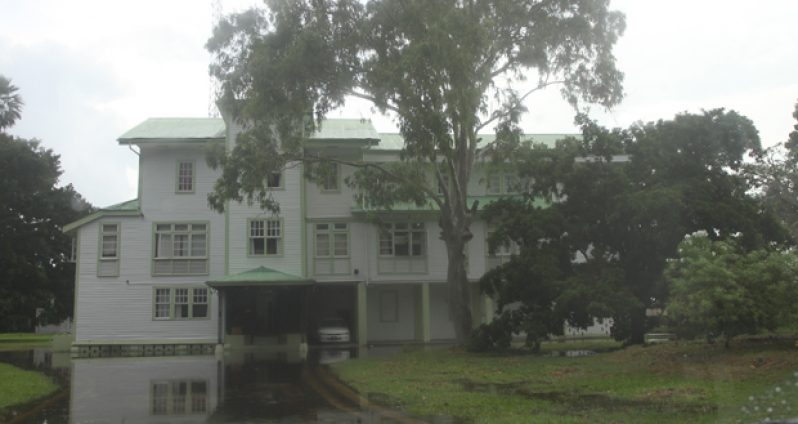Amidst the gentle curve of Vlissengen Road and the corner of Homestretch Avenue in our city of Georgetown, Castellani House stands proudly as it embodies thousands of pieces of Guyanese artistic skills.
The building holds a lot of historical significance and it is has always been State-owned. The first occupant was George Samuel Jenman who was transferred from Jamaica to British Guiana to supervise the conversion of the area into a botanical garden as well as the beautifying of Georgetown via landscaping.
Sadly, upon Jenman’s death, the Director of Science and Agriculture, Sir John Birchmore Harrison, became the second occupant of the building hereafter, the building became the official home of the said Director, leaving Gavin Kennard as the last Director in that arena to have lived there.
Forbes Burnham, former Prime Minister and later President of Guyana took residency from December 1964 until his demise in August 1985. During his residency however, the building was popularly known as ‘The Residence’ also marking him as the last President to have lived there.
The People’s Progressive Party/Civic (PPP/C) administration brought the building back to life by converting to an art gallery-housing National Art Collection. Additionally, on May 24, 1993 there was an inaugural exhibition when the building gained its current name ‘Castellani House’ which was named in honour of its designer, Cesar Castellani.
The construction of the original building began in 1879 and in 1882 other alterations were provided. Local greenheart and imported pine, mainly of timber, the original building has two floors only-ground and first-with high gable roofs pierced by gable dormer windows. The main body of the house had a centrally-placed entrance tower on the west side, with galleries along the north and east sides at first floor level and an open porch below the northern gallery.
Over the years the building has changed in proportions-a high pitched roof which now accommodates masterpieces done by artists and a new second floor which also lodges artistic skills. However, major changes began in 1965 during President Burnham’s occupancy when Guyanese architect, Hugh McGregor Reid, was engaged to carry out the extension and remodelling works. Notwithstanding the lack of ornamentation, the original building was most handsome and represented a structure built for local conditions with proper eclectic use of historic architectural features.
In its present form, Castellani House is important more for its historical significance than for architectural reasons. Nethertheless, it is important to our cultural patrimony, and with its present use, has found a niche in our cultural development.
(By Shivanie Sugrim)



.jpg)










